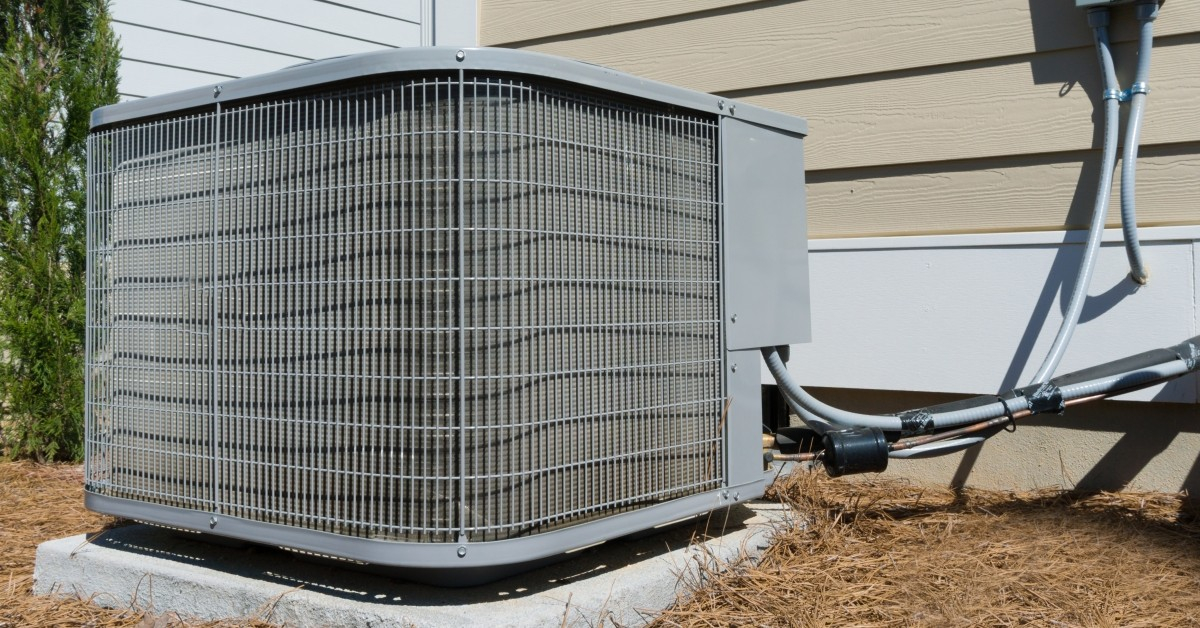It’s not uncommon to feel overwhelmed when shopping for a new air conditioner.
Between the number of models on the market, the wide range of prices, and the seemingly endless lists of acronyms and systems of measurement manufacturers use, it’s easy to throw your hands up in frustration and resign yourself to choosing the cheapest or most popular unit on the market, even if it ultimately isn’t the best one for your needs.
As Sterling’s Top Rated Local® HVAC company, we believe that consumers have the right to be educated and should have the resources they need to make informed decisions. To that end, today’s post focuses on several things you need to know about SEER ratings when choosing a new air conditioner for your home. Get in touch with the Quality Air Experts team when you’re ready to schedule an air conditioning installation appointment!
What Are SEER Ratings?
Let’s start by defining SEER ratings before getting into more detail about why they matter.
SEER, or Seasonal Energy Efficiency Ratio, is a calculation that helps consumers understand the efficiency of an AC unit. It’s intended to capture how much energy a unit will need to use in order to cool a home at a constant indoor temperature through temperatures ranging from 60 degrees to more than 100.
This estimate is similar to how fuel efficiency is calculated for vehicles in the sense that while it does allow you to make apples-to-apples comparisons, it is just an estimate that relies on averages and certain assumptions that may not apply to your home. If your home has poor insulation or you tend to have windows open throughout the day, for example, then the SEER estimate is unlikely to be completely accurate.
What’s a Good SEER Rating?
SEER ratings range from 13 to 22, with 13 being the lowest efficiency rating and 22 being the highest. However, it’s important to know that 13 is by no means a bad rating. If it’s been more than a decade since you had a new air conditioner installed in your home, your current unit is probably rated at SEER 12 or lower. SEER 13 air conditioners are 30% more efficient than SEER 12 units, which means that you’ll likely enjoy a cooler, more comfortable home and lower energy bills as soon as you make the upgrade.
The efficiency gains increase with SEER ratings, as do the features and cooling capabilities. There may also be tax incentives available for purchasing an energy-efficient model, but we recommend speaking with a tax professional before making a decision.
The Bottom Line
SEER ratings are an easy way to compare the efficiency and potential performance of air conditioners. However, it’s not the only metric you should consider when making your decision. It’s always a good idea to consult with a local HVAC company to learn more about your options and ask questions that are specific to your situation.
If you have questions about SEER ratings or would like to learn more about purchasing a new air conditioner for your home, contact Quality Air Experts. We provide air conditioning installation, repairs, maintenance, and so much more in Sterling and the surrounding areas. We’ll gladly provide you with everything you need to know in order to make an educated, confident decision!

